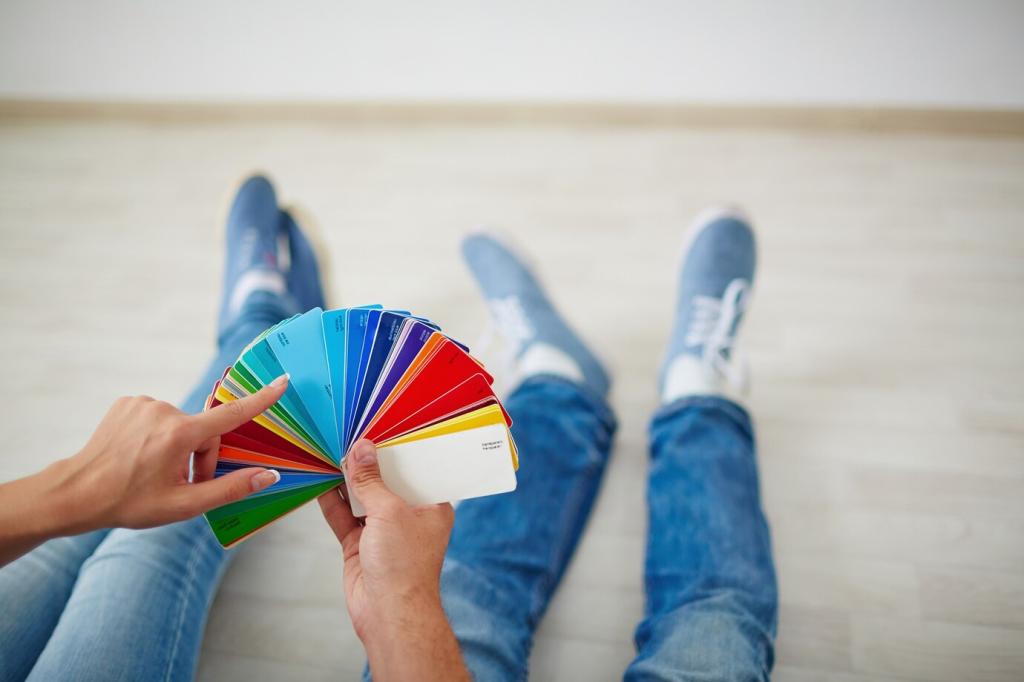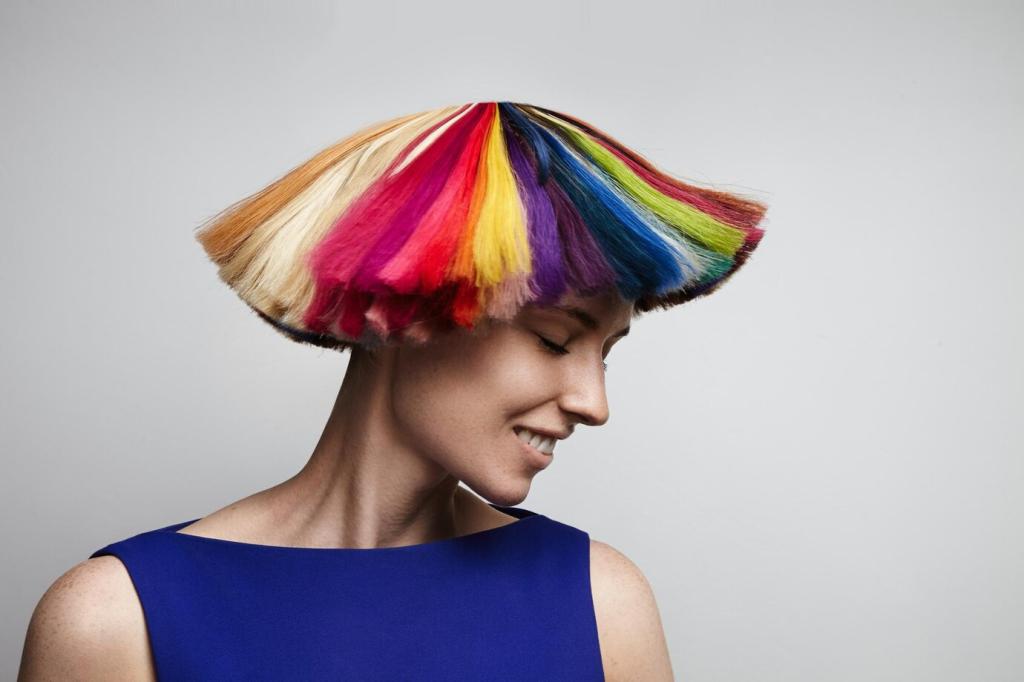Color, Nature, and Well-Being
Mossy upholstery, clay-colored side tables, and oak grains echo natural scenes that research links to lower stress. Pair with plant textures for multi-sensory grounding. What nature-inspired piece shifted your mood most? Drop a note to inspire fellow readers.
Color, Nature, and Well-Being
Use cooler accents and brighter whites for morning activation, then lean into warmer woods and amber lamps by evening. The same furniture reads differently under changing light, gently coaching your rhythms. Try it for a week and report back.
Color, Nature, and Well-Being
Create a tiny retreat: a sage chair, soft beige throw, and natural wood stool. Even five quiet minutes can reset your day. Share your corner’s colors and we’ll feature a few reader sanctuaries in upcoming posts.



